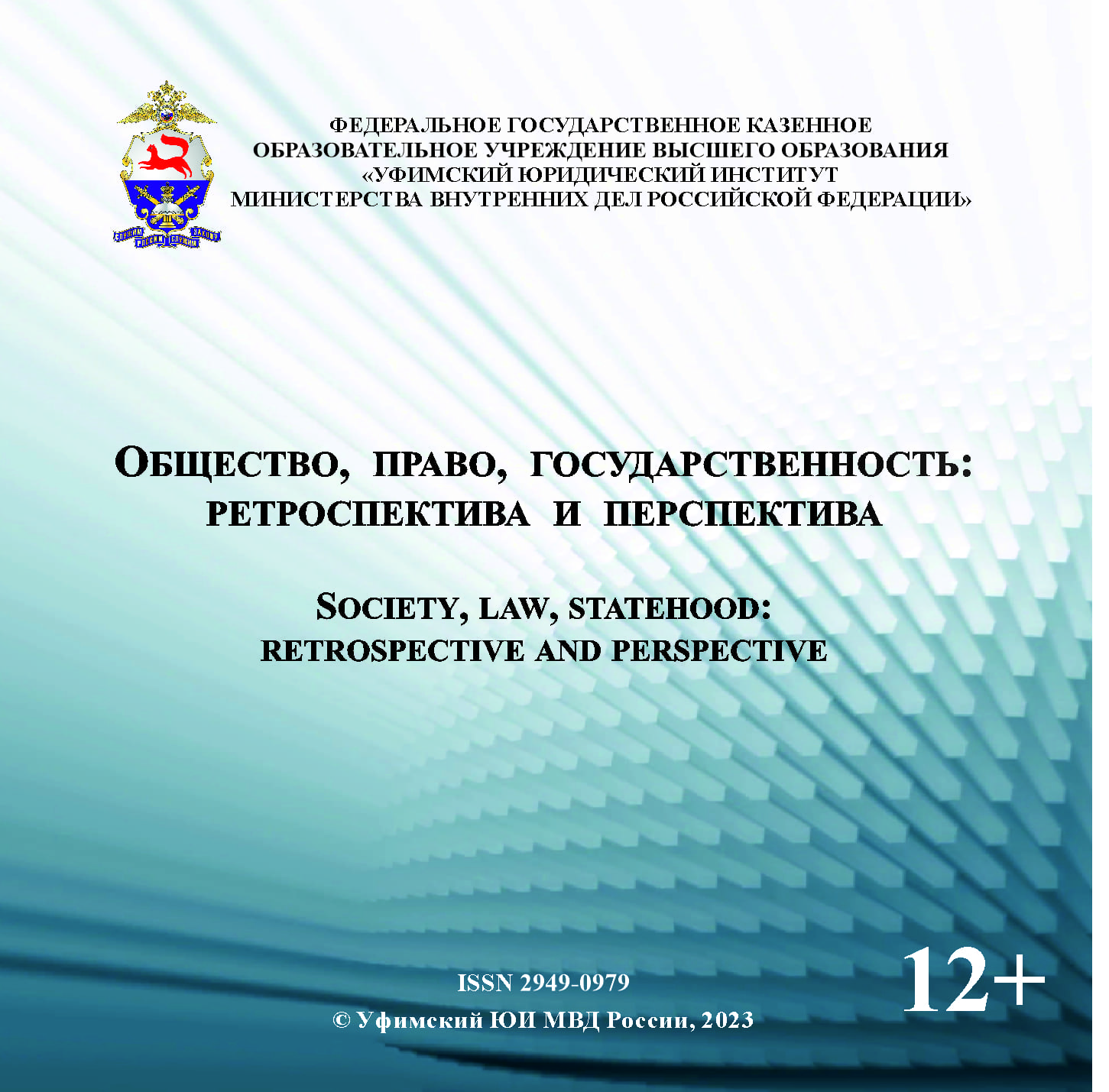UDC 004
The article has been prepared as a report of the participant of the interdepartmental seminar «Topical issues of counteracting crimes committed using IT-technologies», held on October 13, 2022 at the Ufa Law Institute of the Ministry of Internal Affairs of Russia. The article analyzes the peculiarities of the criminal legislation of Italy establishing liability for computer fraud, conducts a comparative legal analysis of the rules on computer fraud under the Italian Criminal Code and the Criminal Code of the Russian Federation, gives a brief criminological description of computer-related crime in Italy and the Russian Federation.
fraud, comparative legal analysis, foreign countries, IT, cybercrime, confiscation, exemption from criminal liability, phishing, Italy, Russian Federation
1. United Nations. Corruption and economic crime (2022). URL: https://dataunodc.un.org/dp-crimecorruption-offences (date of access: 01.10.2022).
2. Peizak R. I. Criminal law analysis of fraud related to the receipt of public funds (Article 640-bis of the Italian Criminal Code) // Eurasian Law Journal. 2022. No. 7 (170). P. 267−268. (In Russ.)
3. Peyzak R. I. Criminal law analysis of emigration fraud (article 645 of the Italian Criminal Code) // Agrarian and land law. 2022. No. 7 (211). P. 122−123. (In Russ.)
4. Peyzak R. I. Criminal law analysis of fraudulent insolvency (article 641 of the Italian Criminal Code) // Agrarian and land law. 2022. No. 8 (212). P. 118−119. (In Russ.)
5. Peyzak R. I. Criminal law analysis of fraud under Article 640 of the Italian Criminal Code // Eurasian Law Journal. 2022. No. 6 (169). P. 292−293. (In Russ.)
6. Malikov B. Z. Topical issues of the legal nature of criminal punishment in the form of forced labor // Man: crime and punishment. 2014. No. 1 (84). P. 13−16. (In Russ.)
7. Peyzak R. I. Criminal law analysis of computer fraud, provided for in article 640-ter of the Italian Criminal Code // Eurasian Law Journal. 2022. No. 8 (171). P. 229−230. (In Russ.)






